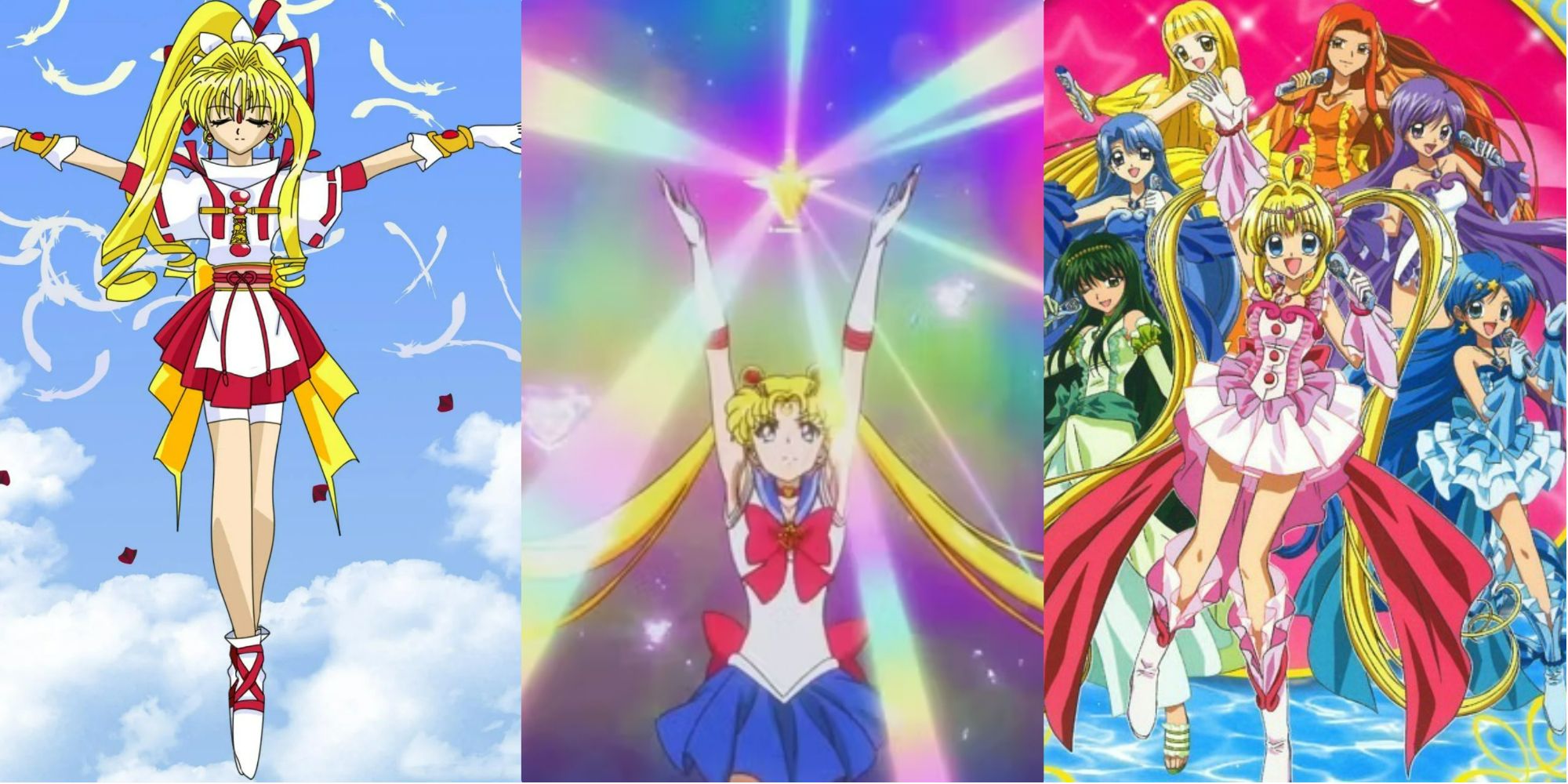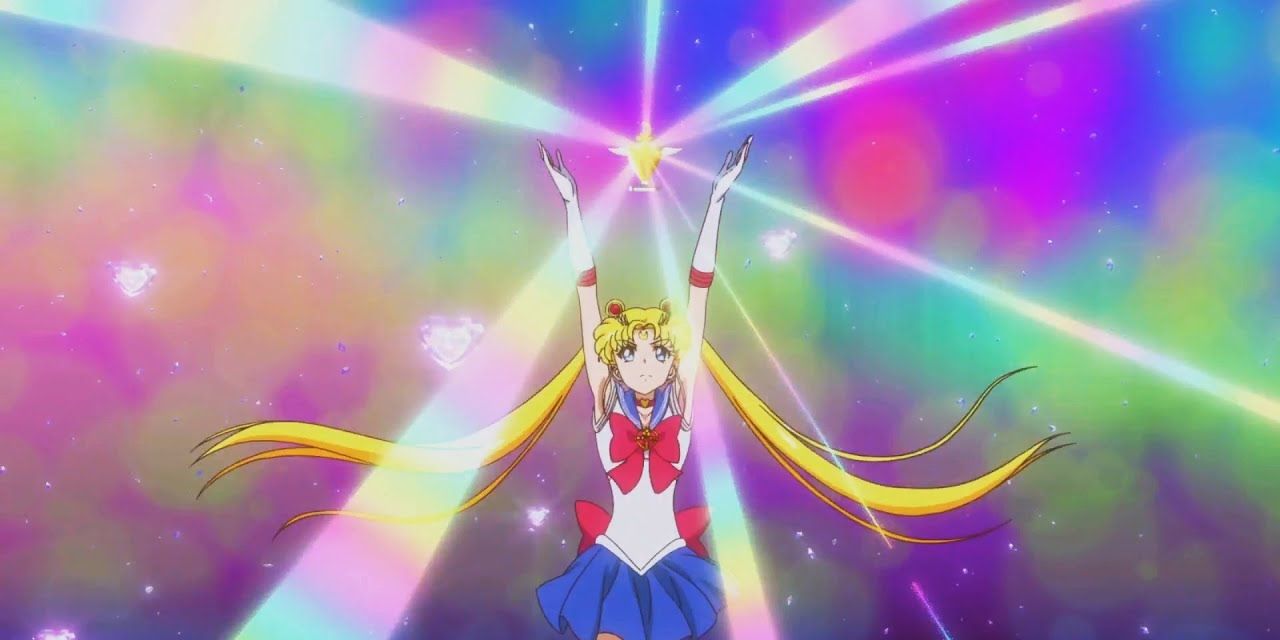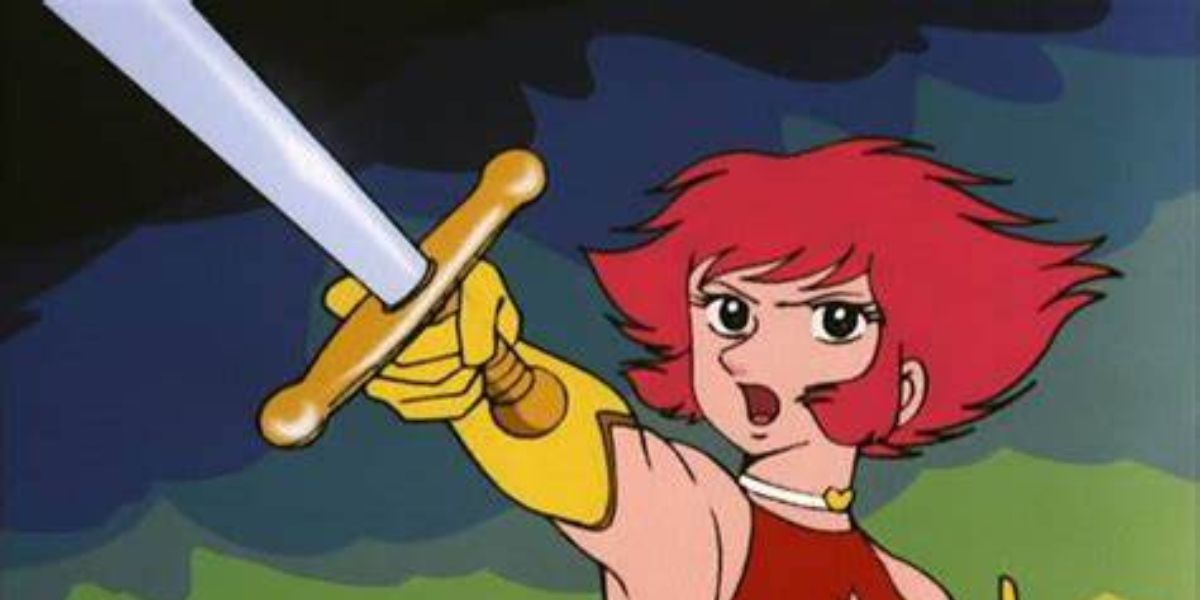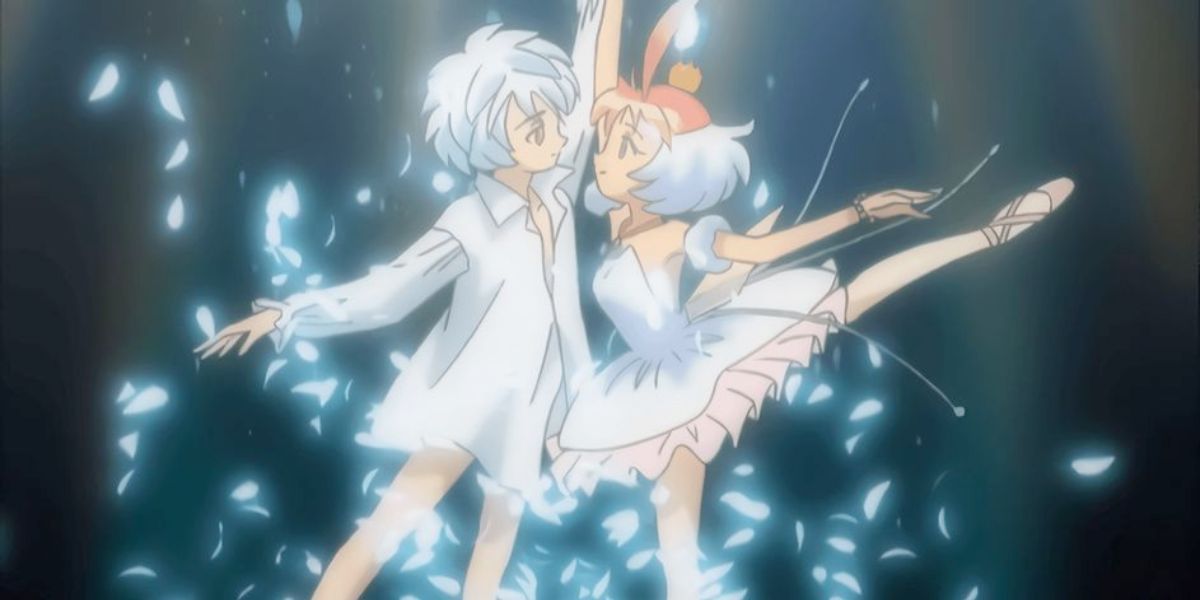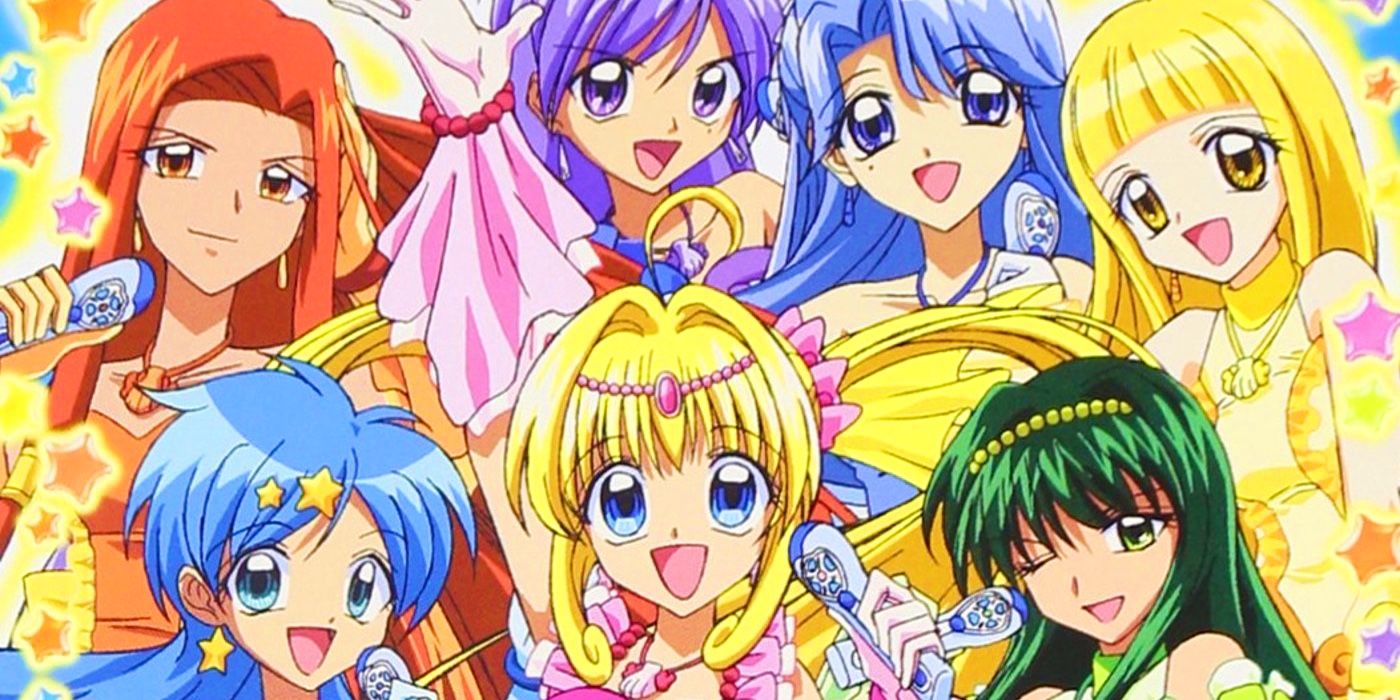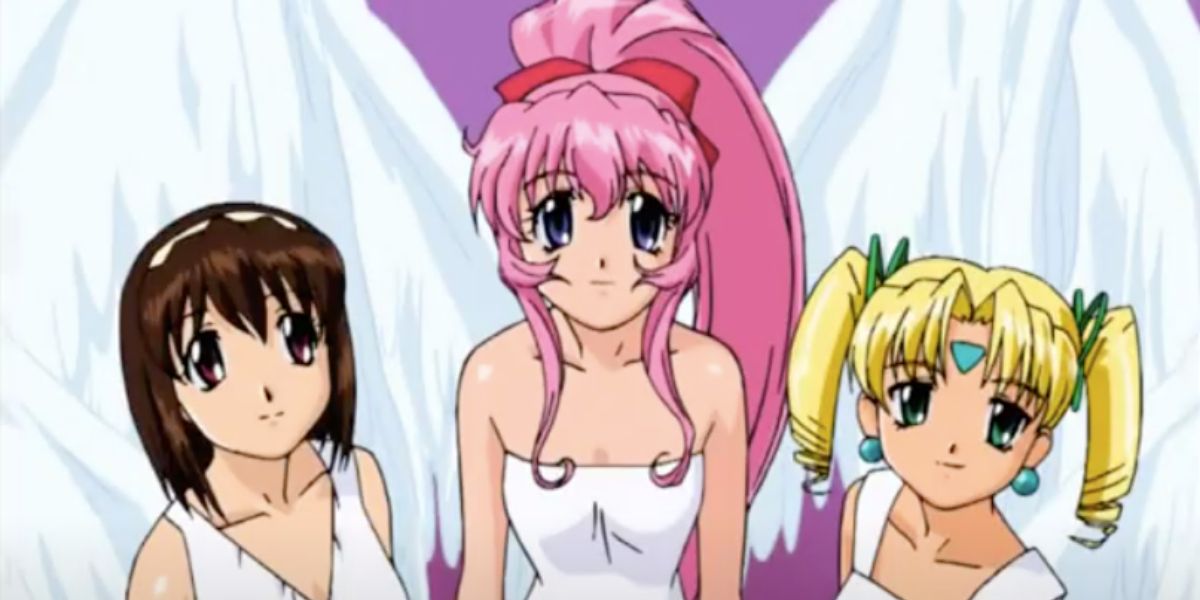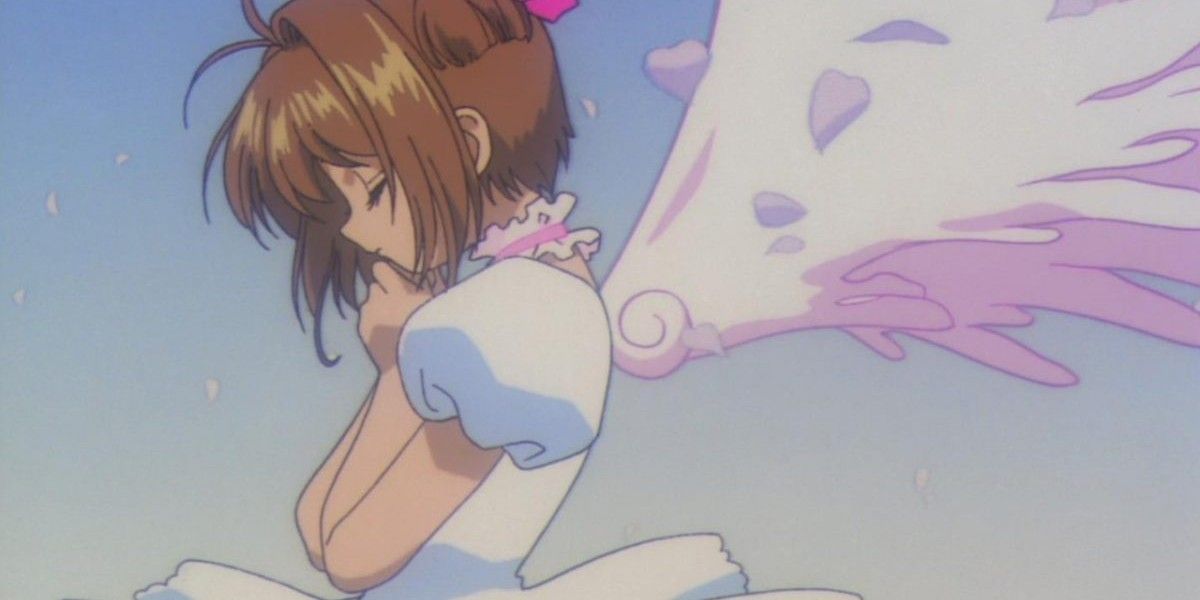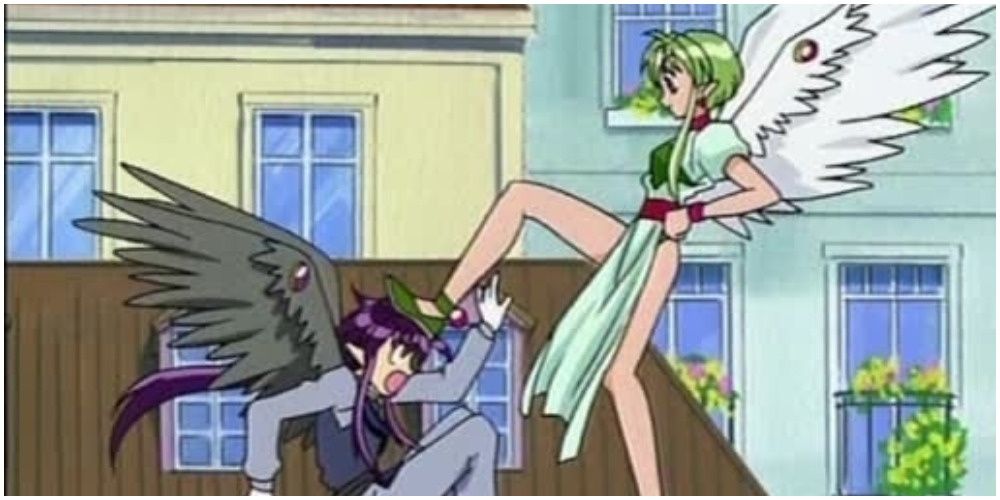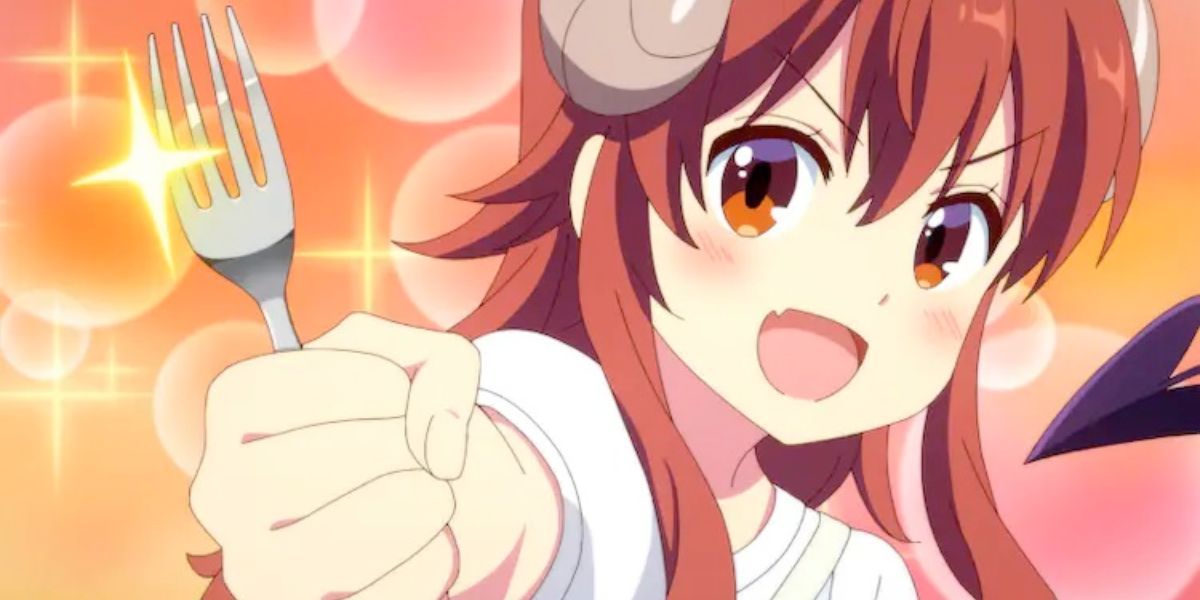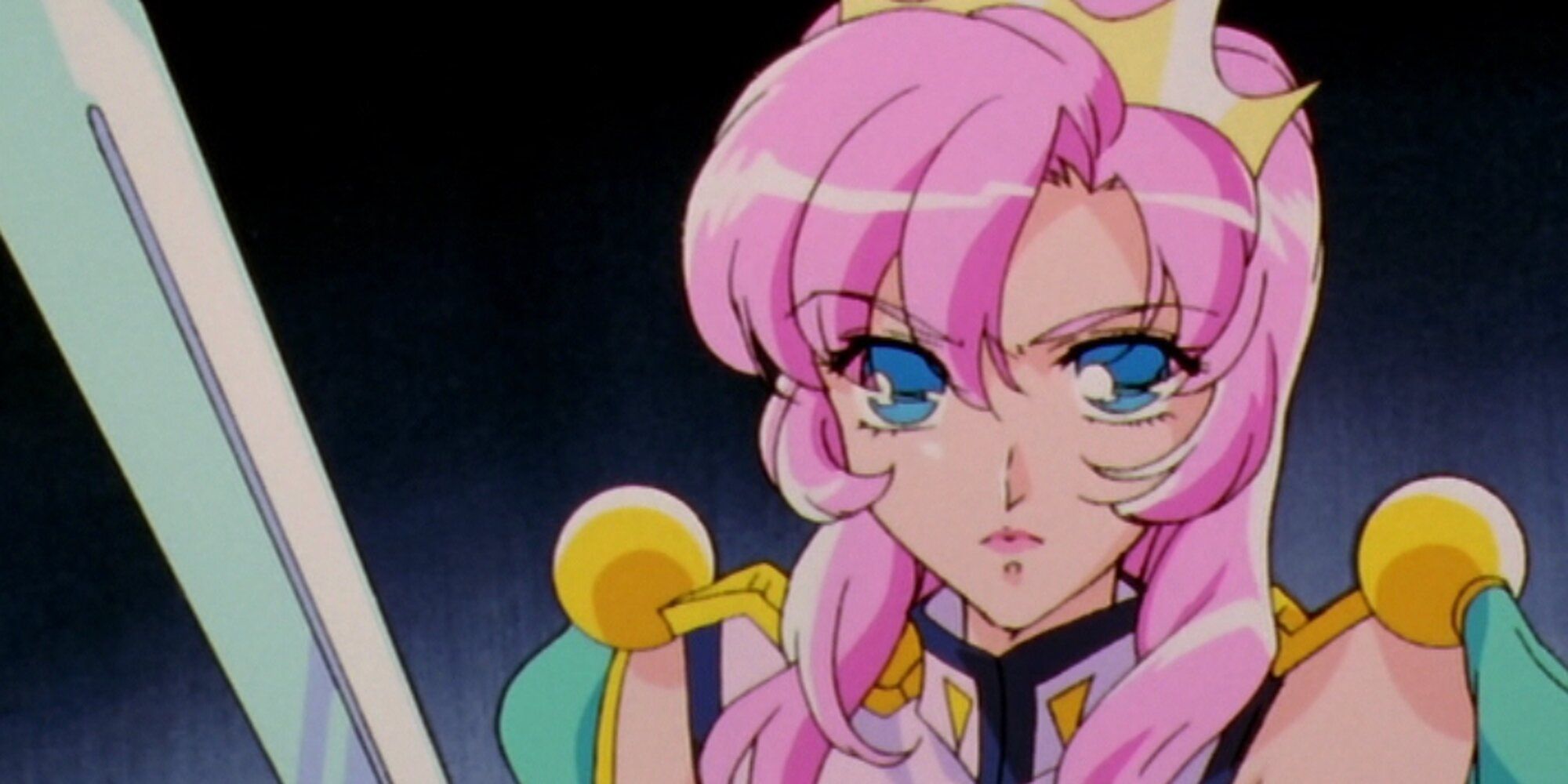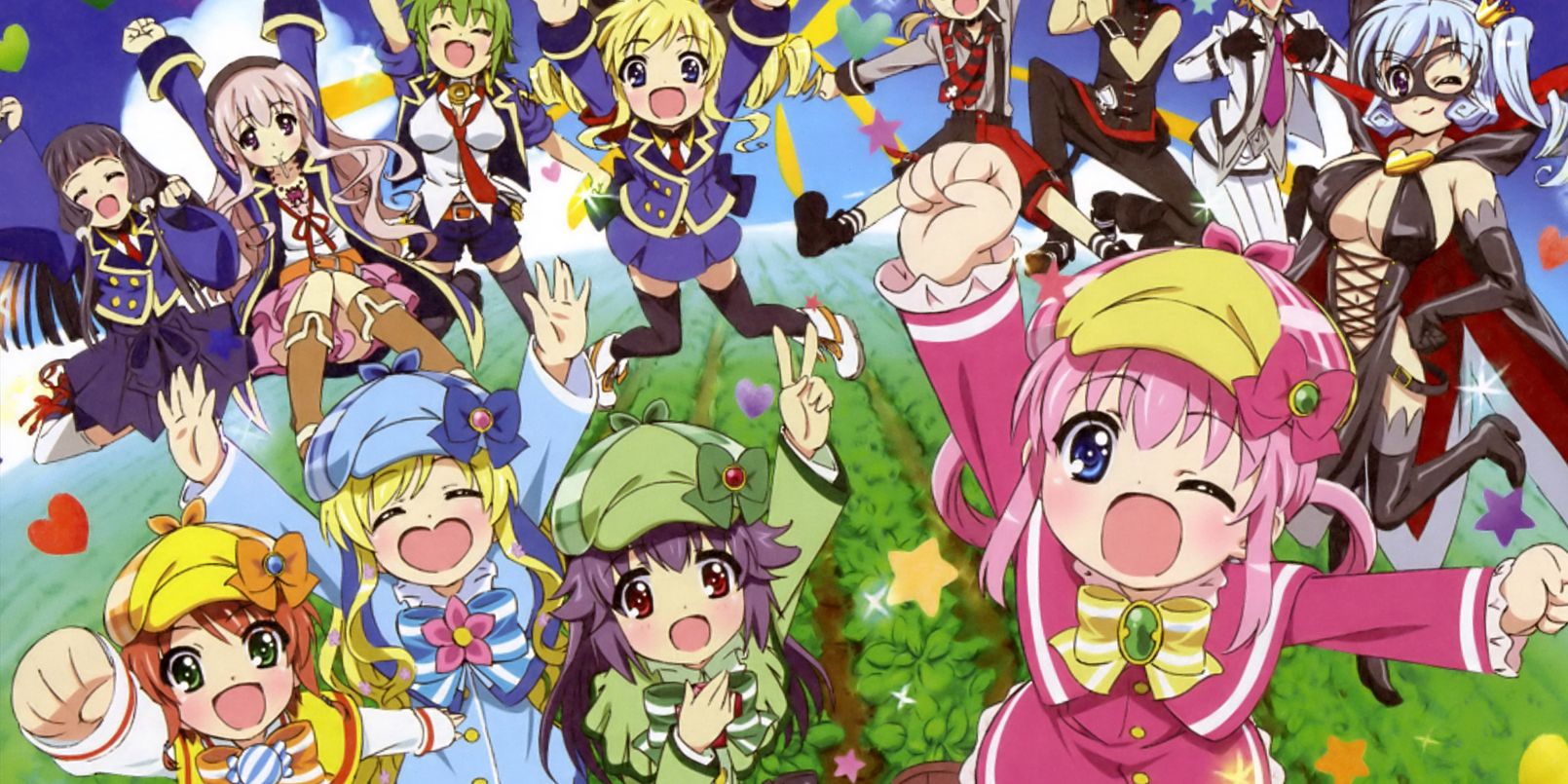There are endless anime series that cater to the diverse interests of the medium’s audience, and it often feels as if nothing is impossible or off-limits. One of the reasons that anime can perpetually thrive and push its boundaries is because there are such diverse genres that make even the most niche of interests feel represented.
An evergreen style of storytelling to come out of anime are the heightened magical girl series that function as their own style of superhero trope. There are many modern magical girl shows that get subversive with meta narratives, but the genre doesn’t always need to bend over backward to make its mark. Sometimes the most generic and predictable magical girl series turn into unforgettable storytelling.
10 Sailor Moon Is The Blueprint For Modern Magical Girl Mayhem
Sailor Moon is hardly the first magical girl anime series, but it’s more or less become the template that modern shojo series follow. Sailor Moon does achieve greater nuance with its characters as the anime goes on, but it’s largely paint-by-numbers magical girl theatrics. This is especially true during the anime’s first run of episodes, which are heavily episodic and Sailor Moon at its most formulaic.
The trajectory of most Sailor Moon installments is deeply predictable. Still, it’s hard to not get invested in these expressive characters and the values that they represent.
9 Cutie Honey Mixes High-Powered Robot Action With Magical Girl Staples
Go Nagai is one of the most prolific names to come out of manga and anime during the 1960s and ’70s. He has been influential in multiple genres through classics like Devilman, Mazinger Z, and magical girl standout, Cutie Honey.
There have been several Cutie Honey anime series, feature films, and expansions, but the core premise involves a courageous android named Honey who can transcend to the superpowered Cutie Honey. Cutie Honey protects the world from one-note villains, and it makes for an easy watch even if there’s not much that’s original in these epic battles between good and evil.
8 Princess Tutu Is An Optimistic Story Of Transformation That Anyone Can Learn From
Princess Tutu is a 26-episode magical girl anime from the early 2000s that’s deeply indebted to fairy tales like The Ugly Duckling and other transformative stories about the power of free will. Princess Tutu stars a duck who transforms into a human ballerina and is tasked with healing a prince’s broken heart.
In only 26 episodes, there’s a limit to the depth that Princess Tutu can achieve, but it comfortably operates as an allegorical story that trades in extremes. The message behind Princess Tutu is powerful enough that it doesn’t matter if the magical girl elements are unoriginal.
7 Mermaid Melody Is A Rainbow-Colored Fish Out Of Water Love Story
Magical girl series have the luxury of turning to many different creatures from fairy tales and folklore for the inspiration behind their transformations. Mermaid Melody gives the angelic, aquatic maidens a proper spotlight in a fun, frivolous story about lost love and identity.
Mermaid Princess Lucia leaves the safety of her sea kingdom behind as she searches for the boy who she saved nearly a decade ago. The earnest romance that plays out owes quite a bit to The Little Mermaid, but it’s still emotional and full of bright colors and playful characters.
6 Steel Angel Kurumi Leans Into Magical Girl Tropes As A Conduit For Comedy
Steel Angel Kurumi fulfills certain magical girl customs as the titular Kurumi transforms into an unbelievable angelic state to protect the boy that she loves. However, the anime works best as a comedy, and the hormonal humor and slapstick antics are where Steel Angel Kurumi feels the most original.
A young boy errantly awakens a powerful android who becomes bonded to him through a kiss. The robotic maid battles also lead to some creative action sequences. Steel Angel Kurumi never advertises itself as anything other than light, breezy fun, and it follows through in this sense.
5 Cardcaptor Sakura Puts A Plucky Protagonist On The Hunt For Dozens Of Relics
Cardcaptor Sakura takes the standard magical girl formula and adds a helpful sense of urgency to it as the magically appointed Sakura must retrieve all 53 Clow Cards. Cardcaptor Sakura is also significant for being another magical girl anime that broke through in North America and audiences.
The English dub for Cardcaptor Sakura completely maligns the storyline (70 episodes are condensed into 39) and oddly attempts to sideline Sakura in her own series and instead make her male friend Syaoran the focus. Even in this compromised and edited state, undeniable magical girl energy still shines through.
4 Phantom Thief Jeanne Turns A Persecuted Heroine Into A Modern Savoir
Phantom Thief Jeanne arrived in the late 1990s and largely flew under the radar even though there’s a lot to admire in this odd take on the magical girl genre. Maron Kusakabe learns that she’s the reincarnation of Joan of Arc, who is supposed to secure God’s power by eliminating demons that live in famous pieces of artwork.
Maron’s elimination of these demons results in the disappearance of their art, which leads to Maron acquiring the nickname Phantom Thief Jeanne. Each of these disparate elements are unique and add flavor to the magical girl series, even if the storytelling can be regressive.
3 The Demon Girl Next Door Flips Its Perspectives To Hilarious Results
Demons are an anime custom that are just as popular as magical girls, and The Demon Girl Next Door is a 12-episode series that has some fun with the audience’s expectations. There’s a genuinely fresh premise that kickstarts The Demon Girl Next Door once Yuko wakes up one morning and learns that she’s a demon who’s fated to take out the town’s magical girl, Momo.
The Demon Girl Next Door turns the typical villain into its protagonist and presents the heroic magical girl as someone who should be feared. It’s an entertaining role reversal, but it’s still a series that’s happy to embrace tropes.
2 Revolutionary Girl Utena Shatters Gender Norms Through Its Emotional Magical Girl Saga
Revolutionary Girl Utena is a groundbreaking magical girl and romance series that’s the most iconoclastic anime that’s looked at here, but it’s still a property that’s governed by many genre staples. Revolutionary Girl Utena is such an important series for how it eschews typical gender roles, especially during the 1990s.
The anime’s protagonist, Utena, is an orphaned girl who dreams of becoming a prince and saving the distressed Rose Bride. Utena’s journey of self-discovery and the anime’s focus on sword fights for its action sequences are unique to the magical girl series. However, there’s still a comfort to be found in the narrative’s broader storytelling.
1 Tantei Opera Milky Holmes Turns Detective Archetypes Into Hilarious Magical Girl Fuel
Tantei Opera Milky Holmes is a magical girl series that’s set in the Great Era of Detectives, and this means that supernatural sleuths rule the world. Individuals are born with special powers known as Toys, which are either used to commit nefarious crimes or help solve these perversions of justice.
The anime focuses on four girl detectives who are training to be the best of their trade, but are also all based upon different detective archetypes out of literature, like Sherlock Holmes and Hercule Poirot. Tantei Opera Milky Holmes is another magical girl anime that makes comedy its main objective, but it’s a fun, easy binge.
